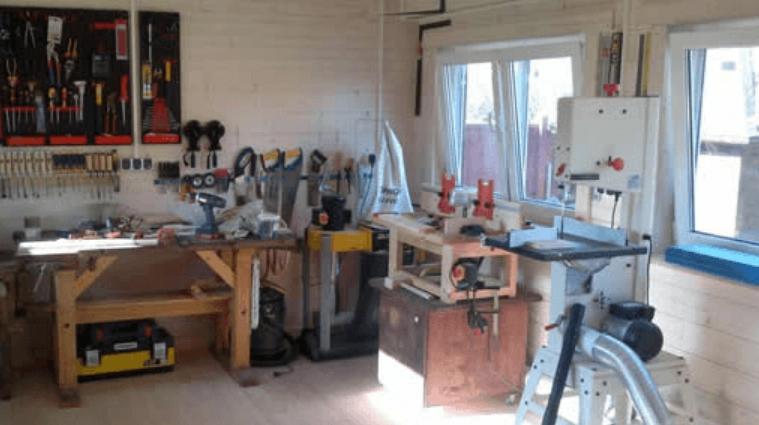Artificial and natural lighting for the locksmith shop
Lighting in locksmith workshops is important because these rooms are used for work that requires good visibility. In addition, the nature of the activity may be different, which imposes its own requirements on lighting and requires compliance with all established standards.
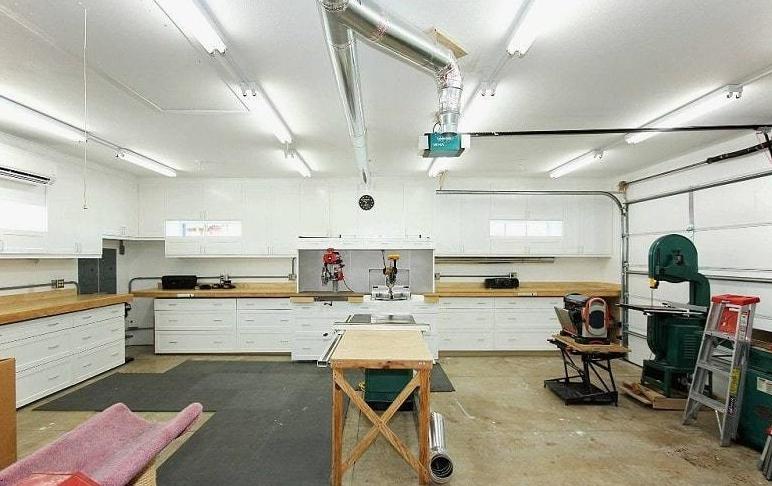
Lighting in the locksmith's shop - features
A room designed to perform locksmith work is usually equipped with a variety of equipment, devices, power tools, which makes it increased danger object. Locksmith workshops are divided into 14 categories and each has its own characteristics, which imposes certain requirements on the design and installation of a lighting system.
The main criterion to check compliance with lighting standards is safety. Must ensure good visibility, so the work was carried out qualitatively, a person does not strain his vision and eyes were less tired even when working long hours. Lighting is divided into two types, each of which should be broken down.
Natural
This option is good because it is not costly, but it does have a number of features that can affect light performance:
- Natural lighting depends on the number and size of openings in the walls of the building, the more they are - the higher values, but the heat loss in winter increases. Also, openings can be on the roof - most often there is a lantern, as called the ledge with windows on both sides.During the day, natural light can provide normal general lighting.
- The natural illumination factor (NI) is used to control this, it is calculated on the basis of the difference of light on the street and inside the workshop. There are no clear norms for locksmith workshops, there is only data for rooms in technical schools and vocational schools, for overhead lighting the index should be not less than 3%and for side lighting it should be at least 3 %. 1,2%. Measurements are taken on the wall opposite to the window at a distance of 1 m or at the level of the working surface.
- The level of natural light depends on the region, the time of year, weather conditions, and the presence of nearby buildings or trees with dense canopy. That is to say, it is not constant and can change many times during the day..
By the way! Windows should be periodically cleaned, because if the glass is dirty, the KEO decreases significantly.
Artificial
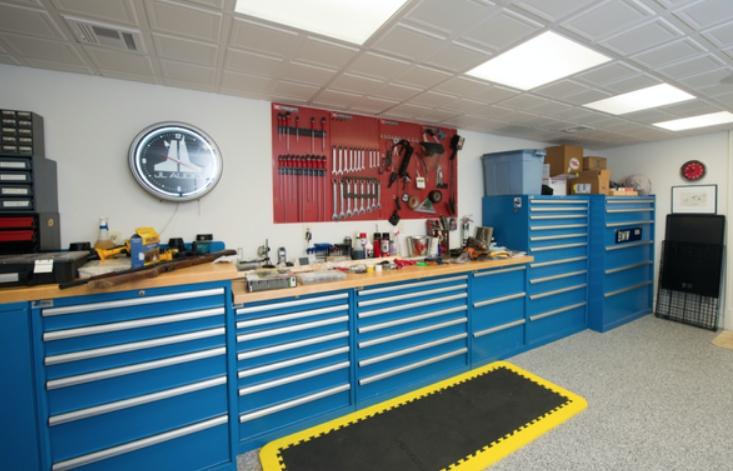
This is the main option in most cases, as it does not depend on external conditions and can be adjusted as needed. Lighting of this type is divided into three types:
- Basic light.. Most often these are fixtures arranged in rows on the ceiling, their number and power depend on the size of the room and the height of the location. Most often the characteristics are calculated in advance and are in the project, which simplifies the choice of equipment and its installation.
- Local lightingThe local lighting is done separately from the main one. It is necessary to highlight areas where good visibility is needed to perform complex work. Most often ceiling or wall lights are used, located at a low height and highlighting a separate area. Table or machine lights can also be used. They need to be adjusted and installed on both sides, because right-handed people need left-handed light and left-handed people need right-handed light.
- Combined lighting - is the best solution that combines both solutions and is calculated in advance. In this case it is not possible to use local lighting separately from general lighting, because contrast zones will be created and the vision will have to constantly adapt to the differences in light levels.
Workshops use luminaires designed for difficult conditions with an increased level of protection against dust and moisture.
Requirements and regulations
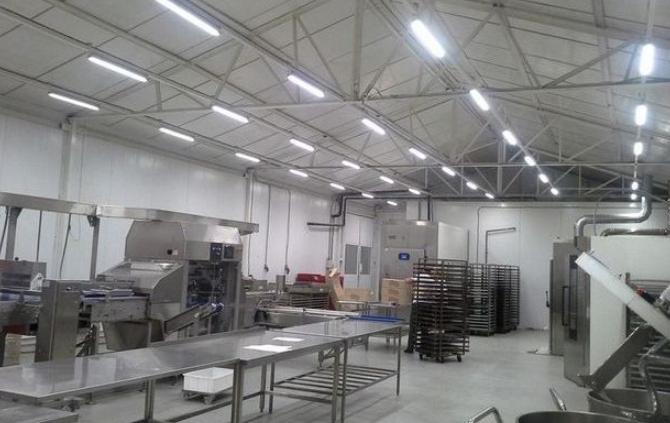
To understand what kind of lighting is allowed in locksmith shops, you need to know what indicators it is regulated by:
- Illumination. The main criterion that ensures comfortable conditions for vision. Depends on the nature of the work performed and can vary within large limits.
- Operational lighting - Is the average illumination in the areas in which work is carried out. It is essential that there is a comfortable lighting environment without sudden changes in light, as this has a bad effect on vision.
- Uniformity of lighting. This indicator shows the difference between the average level of light in the room and the data from the most poorly lit area. Therefore it is important to place the luminaires correctly in order to avoid heavily darkened areas.
- Discomfortable fade shows places where eye discomfort may occur due to direct or reflected light. To avoid this problem, certain angles of lighting fixtures are selected, using diffusing plafonds and reflectors that direct light to the desired area. It is important to choose the correct finish of walls and other surfaces so that the reflection coefficient does not exceed the established standards.
- Color rendering index indicates how naturally colors of surfaces are reproduced under artificial light.
- The ripple factor reflects the performance of the light variations and limits them within certain limits.
Specialized workshops that perform specific types of locksmith work may have special lighting requirements reflected in industry documentation.
Zoning rules for locksmith workshops
It should be taken into account that the entire area of the locksmith's workshop, except storage roomsis considered a working area, for which the lighting standards established by the regulations apply. Normally they are 300 to 400 lux.
The maximum illumination is required in places where the work is directly performed, here the standards are much higher and can reach 1000 lux. In this case the illumination area should be at least 50 cm more in all directions than the work zone. Peripheral areas should not be too contrasty, so as not to create unnecessary stress for the eyes. Their illumination should be at least 30% of the indicators in the workplace.
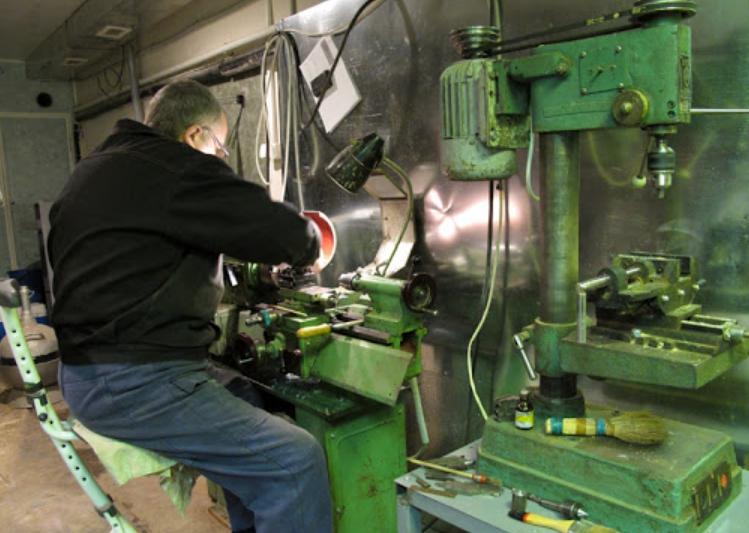
For machine tools, adjustable luminaires are usually used, the brightness of which is matched to the equipment. Lamps with minimal flicker should be used in them to eliminate the stroboscopic effect of rotating components.
Also a great deal of attention is paid in the rationing process to color rendering index. The important thing here is to choose the right color temperature The closer it is to natural light - the better. It is optimal to use LED equipment, which has minimal flicker, and the color rendering index is 80% or more.
Video lesson on lighting the workplace in the workshop.
To ensure quality and safe lighting in the locksmith's shop, you need to study the standards and select equipment according to them. Pay attention to both general and local lighting. It is important that there are no variations and flicker values do not exceed the established limits.
